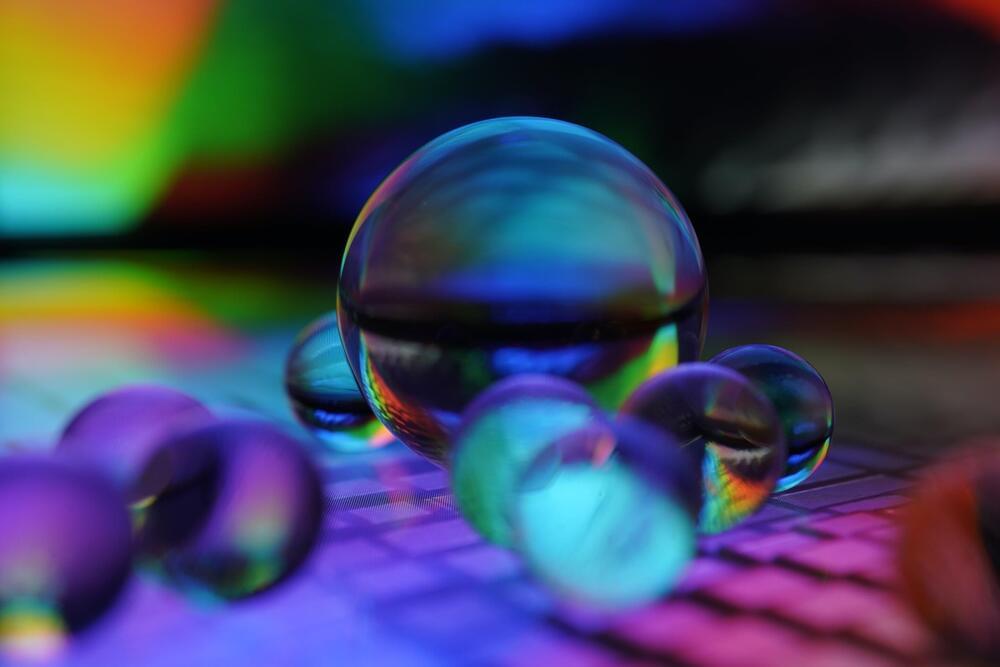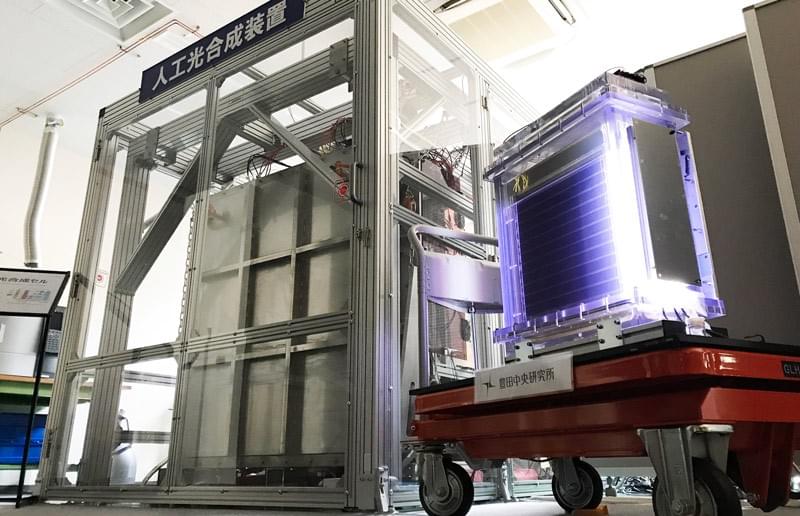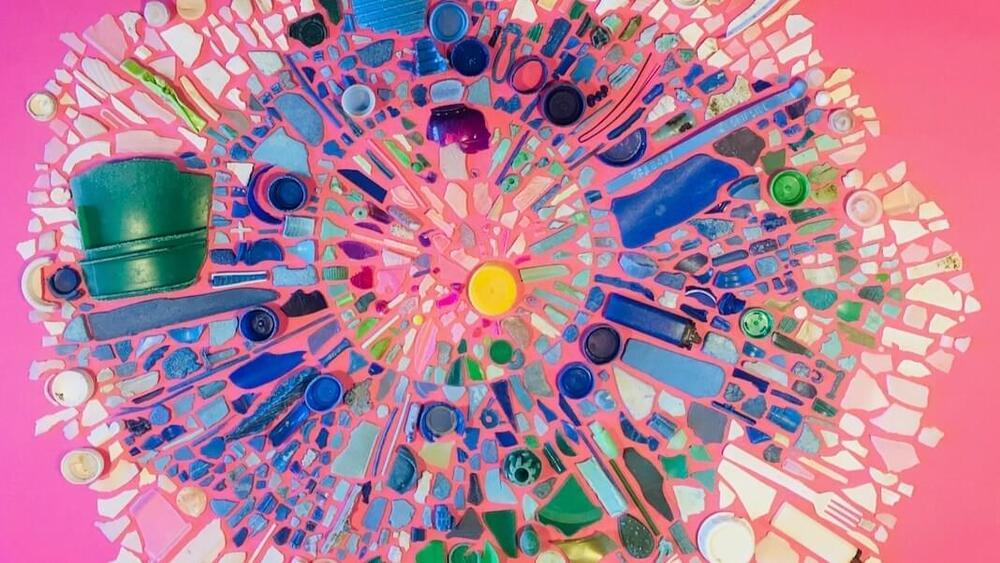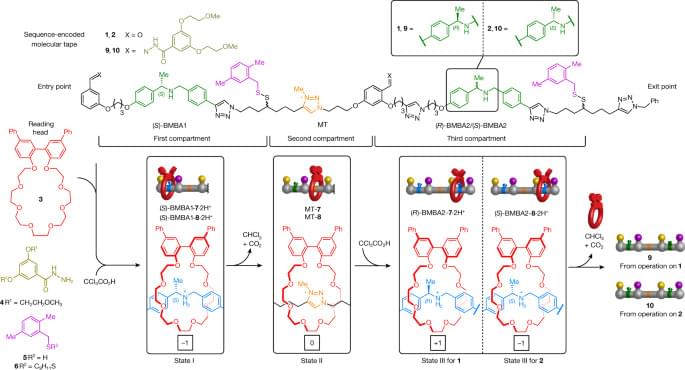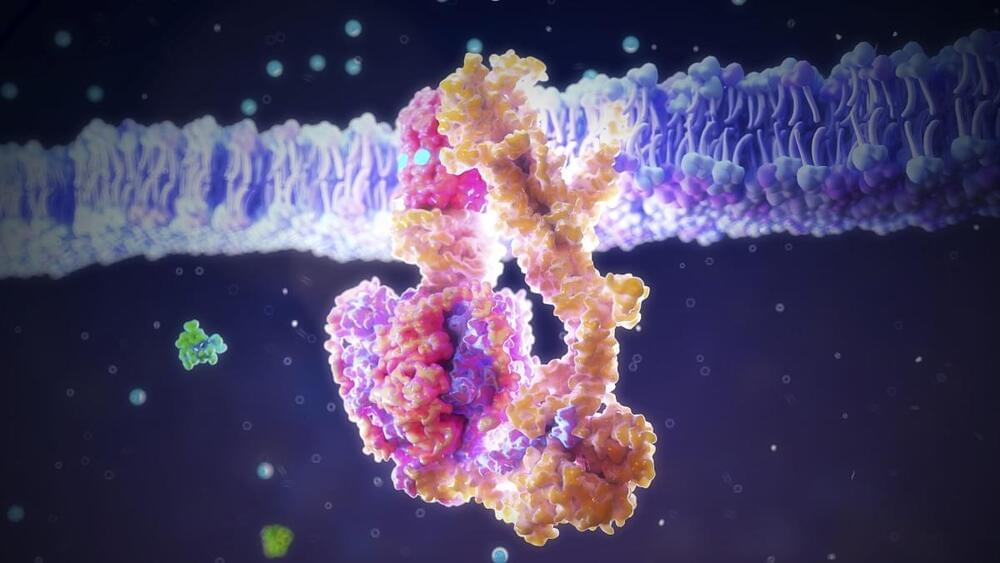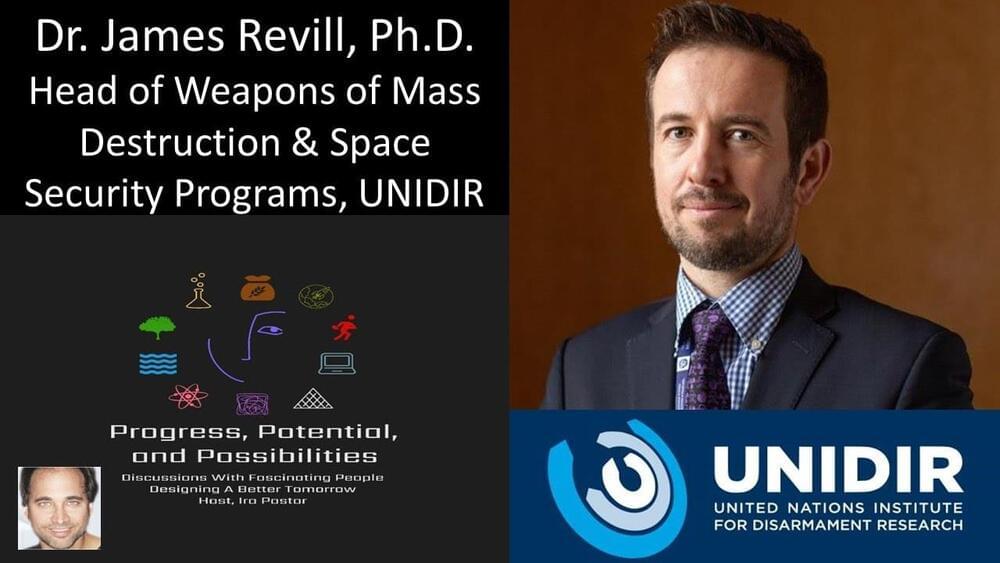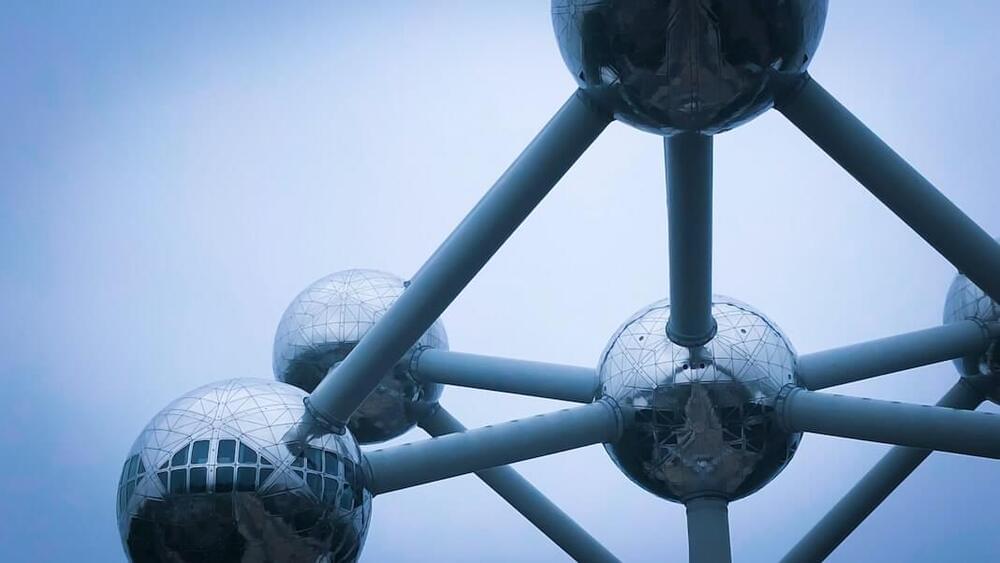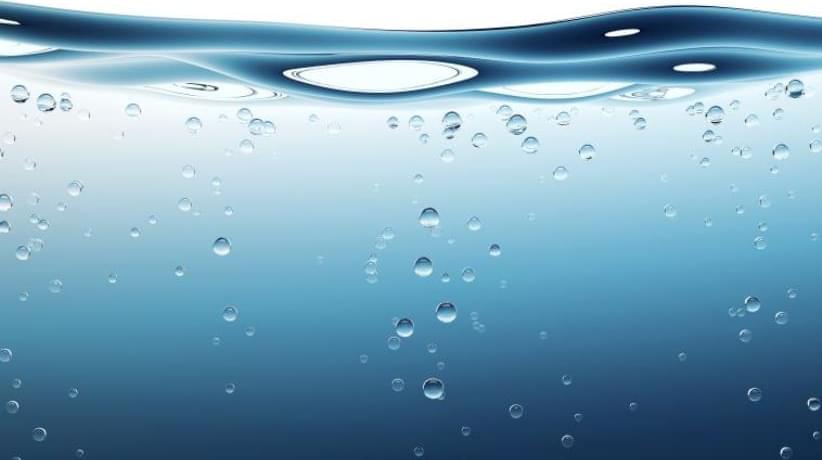Nov 9, 2022
Experimental data validates new theory for molecular diffusion in polymer matrices
Posted by Saúl Morales Rodriguéz in categories: chemistry, engineering, particle physics
After several years of developing the theoretical ideas, University of Illinois Urbana-Champaign researchers have validated multiple novel predictions about the fundamental mechanism of transport of atoms and molecules (penetrants) in chemically complex molecular and polymer liquid matrices.
The study from Materials Science and Engineering (MatSE) Professor Ken Schweizer and Dr. Baicheng Mei, published recently in Proceedings of the National Academy of Sciences (PNAS), extended the theory and tested it against a large amount of experimental data. MatSE Associate Professor Chris Evans and graduate student Grant Sheridan collaborated on this research by providing additional experimental measurements.
“We developed an advanced, state-of-the art theory to predict how molecules move through complex media, especially in polymer liquids,” Schweizer said. “The theory abstracted what the important features are of the chemically complex molecules and of the polymeric medium that they’re moving through that control their rate of transport.”
